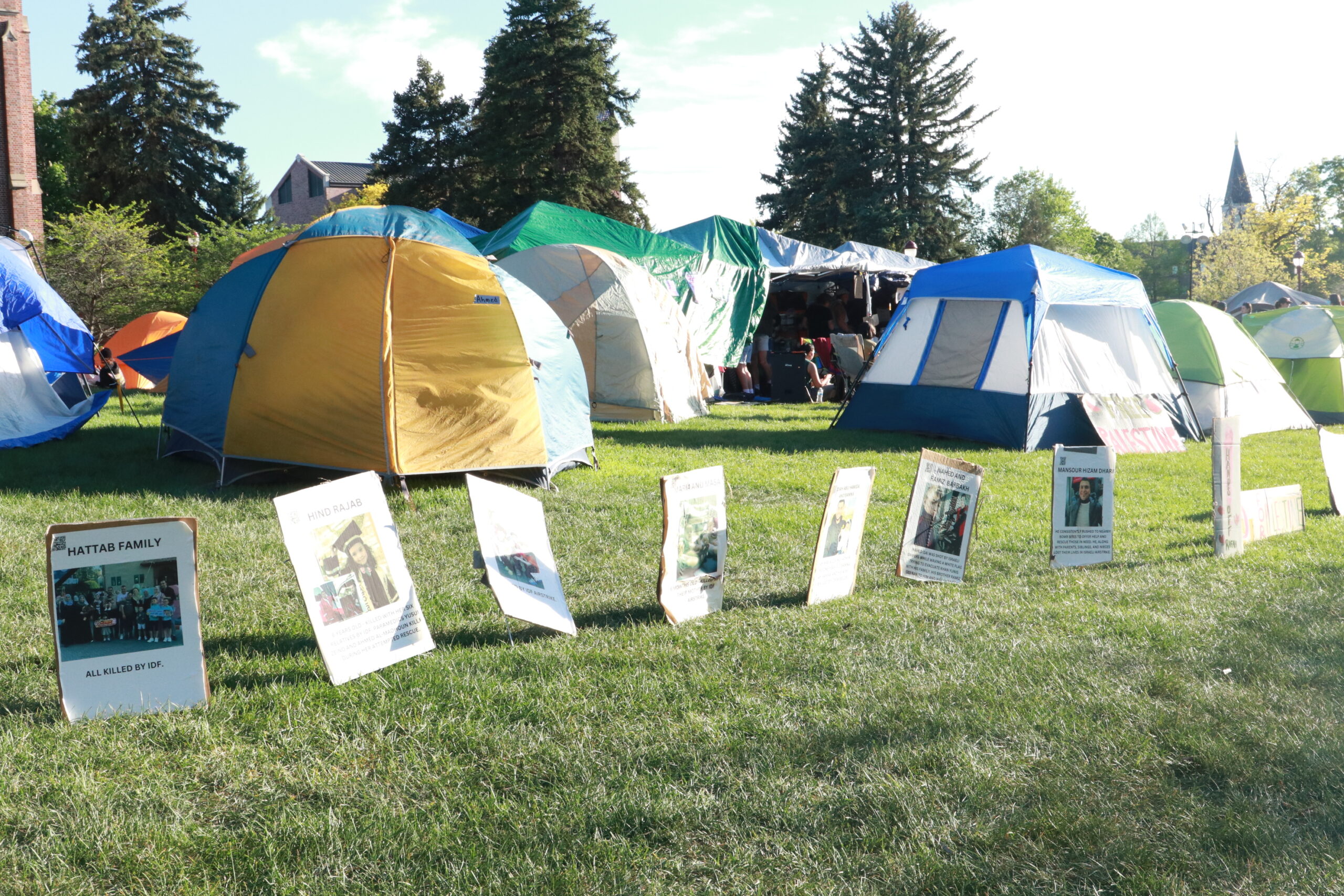 Photo by:
Photo by:
In a majority of Western and European states a basic education is guaranteed. However in some Third World nations, the guarantee of an education is less for girls than men, and this is particularly true for girls in India. While the education system works well for children in urban areas, and those belonging to middle class and rich families, the system does not help children and especially girls in poor and rural areas.
Currently the overall literacy rate for women in India is at 48.3 percent. To put that into perspective, the female literacy rate for the Untied States is 99 percent1. In rural areas like the state of Bihar, the literacy rate among females is at 33.57 percent, compared to a 60.32 percent literacy rate for men in the same state2. While neither of these numbers compare to the high literacy rate in the United States or other more developed countries, it is still shocking to see that women get less education then men.
This great disparity between female and male education exists for a variety of reasons. Perhaps the most obvious reason is the culture of rural areas. Here technology and the globalization of women’s rights movements have not made an impact, and women are still subjected to the rules imposed by men. It is believed that the role of women is in the home, and that education is not a necessary tool for girls, because their daily life is “strictly regulated.” For this reason, there is a social disapproval of education for girls3. Also the inadequacy of schools prevents many girls from getting educations, as well as the cost of buying books, uniforms and transportation to the school4.
The problem has not gone unnoticed by the Indian government. In 1979 the Non Formal Education program was implemented to help increase literacy and education in all parts of India5. Then in 1986 the national policy on Education was implemented to increase the retention of children in the non formal schools. These two initiatives helped to increase the number of non formal education numbers in rural India6. Despite the increase in effort and facilities, only .2 percent of girls were literate because of the NFE centers in rural areas7.
The non formal education centers that the program created for rural areas, where children have little access to schools, are in poor conditions as well. These centers suffer from a lack of trained teachers, books, funding, and from a desire within the community to support the education of the children8. The government has lofty goals of improving education, but does not offer enough support to the NGOs that run the centers, and in turn the NGOs have become frustrated in the poor education in rural areas.
Kailash Satyarthi is the chair person of Bachpan Bachao Andolan, an NGO that works with children, has summed up the situation well, “There is good quality education for rich children, poor quality of education for children who aren’t rich, and the worst kind of education in the name of non-formal centres for oppressed children. This has created inequality and disparity.”9 Girls especially become impacted, because of the social and economic barriers that prevent them from getting an education. Beyond this, a recent study found that when women have a basic education of at least 5 or six years, they have more female autonomy, which is defined as “decision making power within the home, economic and social self-reliance, confidence in interacting with the outside world10.” In the ever changing and globalizing world, as more women are becoming educated worldwide, there are numbers of females in rural India that suffer from a lack of education. Much can be done to help this large demographic, but would require a great amount of time, money and effort.
Endnotes
CIA World Factbook
Census of India 2001. http://educationforallinindia.com/page157.html. Accessed October 28, 2006.
“Taking Flight: Adolescent Girls’ Camps in Lok Jumbish of Rajasthan India. Education for all: Making it work. Innovation Series.” The United Nations Educational, Scientific, and Cultural Organizations. Principle Regional office for Asia and the Pacific, 2002.
“Women of the World, Women’s Education in India” Victoria A. Velkoff. International Programs Center, 1998.
Heitzman, J and Worden, Robert L. India: A country study / Federal Research Division. Library of Congress. Washington D.C, 1996.
Guttman, Cynthia and Kosonen, Kimmo. “Within Reach: The Story of PROPEL a Non-Formal Education Project for all: Making it Work, Innovation Series 3.” The United Nations Educational, Scientific, and Cultural Organizations. Principle Regional office for Asia and the Pacific, 2002.
“Girls’ and Women’s education in India.” The United Nations Educational, Scientific, and Cultural Organizations. Principle Regional office for Asia and the Pacific, 2002.
A, Deepa. “A bridge it is, But to Where?” India Together, http://www.indiatogether.org/2006/may/edu-nfestatus.htm#continue. May 26, 2006. Accessed October 28, 2006.
See above.
Census of India 2001.











